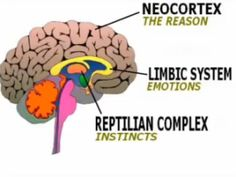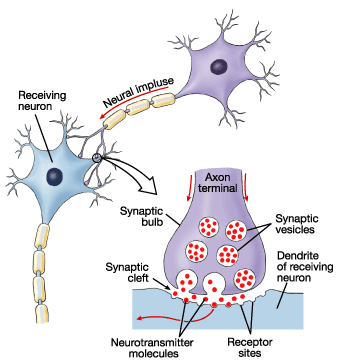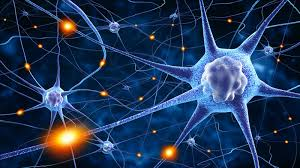| Mindfulness is one of the buzz words in the industry these days. Mindfulness is a technique to bring and keep the mind in the present moment, moment by moment. |
There is a great deal of research done and experiences shared by many people on the benefits of Mindfulness in terms of positive emotions, reduced stress & depressions, improved health and overall happiness. Research has also shown significant improvement in mental faculties like memory, concentration, focus and creativity. Mindfulness is now not only used in therapy but also to enhance leadership qualities and work performance.
There are many benefits of Mindfulness observed in the work place:
- Mindfulness improves physical and mental well being of employees – reducing absenteeism and medical costs
- It reduces stress and improves focus – making employees more productive enabling them to take up more challenging work and calculated risks
- It improves Emotional Intelligence which in turn improves communication, collaboration and positive spirit in teams
- It improves creativity as the mind becomes calm
- It enhances happiness in employees – both intrinsically (as the neurotransmitters improve) and extrinsically (as the environment becomes positive and people accomplish more). People are more effective in their work when they are happy (rather than in any negative emotions like anxiety, depression, …).
- When employees are better engaged because of above mentioned factors, they engage better with Customers, Partners, Suppliers, Society
- Employees ‘sense’ customers’ ‘needs’ (beyond stated requirements) better with higher awareness, thereby coming out with innovative solutions – impacting Customer Satisfaction, repeat business and referenceability – top line impact.
- Mindful Leaders engage employees with balanced, fair, transparent and inclusive way thereby improving employee retention.
Mindfulness is a great tool for personal transformation. When individuals transform they not only impact work environment, but also impact their family and social contexts.
There are several global business corporations which have adopted mindfulness and have seen positive impact in the workplace.
Google has created a leadership program called ‘Search Inside Yourself’ which is a combination of Mindfulness practices, Emotional Intelligence and Neuroscience. It is very popular at all levels in the organization.
Insurance giant Aetna has trained more than 13,000 employees on Mindfulness practices and yoga. Employees have reported on an average:
- 28% reduction in stress levels
- 20% improvement in sleep quality
- 1 hour per week productivity improvement
General Mills reports (based on the feedback from 90 senior Leaders after 7 weeks of Mindfulness practices):
- 80% of leaders reported improved decision making
- 89% reported improved listening
Intel has reported based on 1500 Mindfulness practitioners, on a 10 point scale:
- 2 points decrease in stress levels
- 3 points increase in general happiness & well-being
- 2 points increase in new ideas, mental clarity & creativity
So, how does this magic work? What does the neuroscience show about the effect of Mindfulness?
There are several neuroscience research projects worldwide, notably from Stanford University, University of Berkeley, MIT etc. The results are astonishing:




Isn’t Mindfulness magical?
So, how does one practice Mindfulness? Let’s explore some of the Mindfulness practices in the next blog.
References:
http://www.nytimes.com/2015/03/01/business/at-aetna-a-ceos-management-by-mantra.html?_r=0
http://www.holistichelp.net/mindfulness.html
http://eocinstitute.org/meditation/dhea_gaba_cortisol_hgh_melatonin_serotonin_endorphins/
http://meditation-research.org.uk/2014/03/meditation-and-neuroplasticity-five-key-articles/

